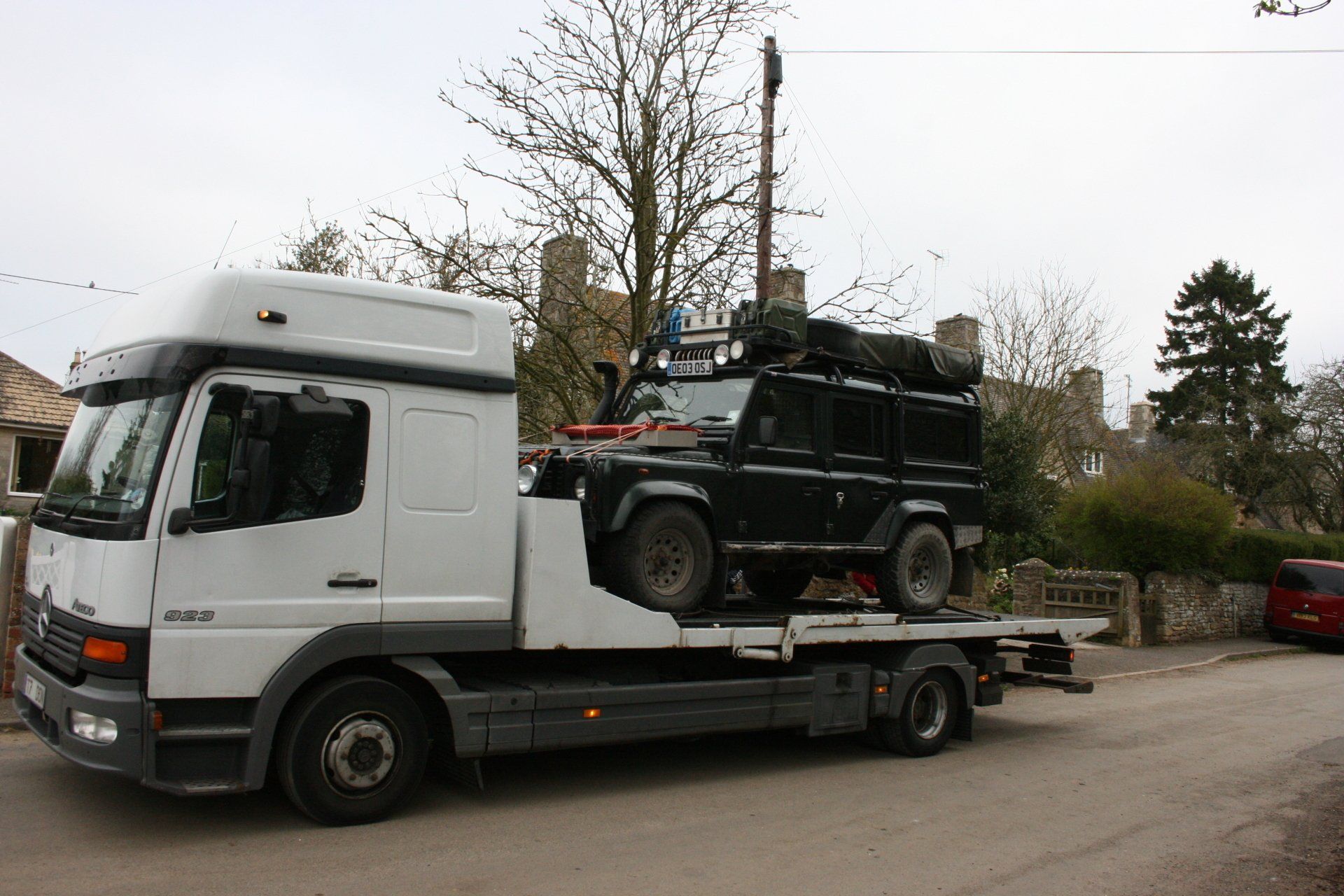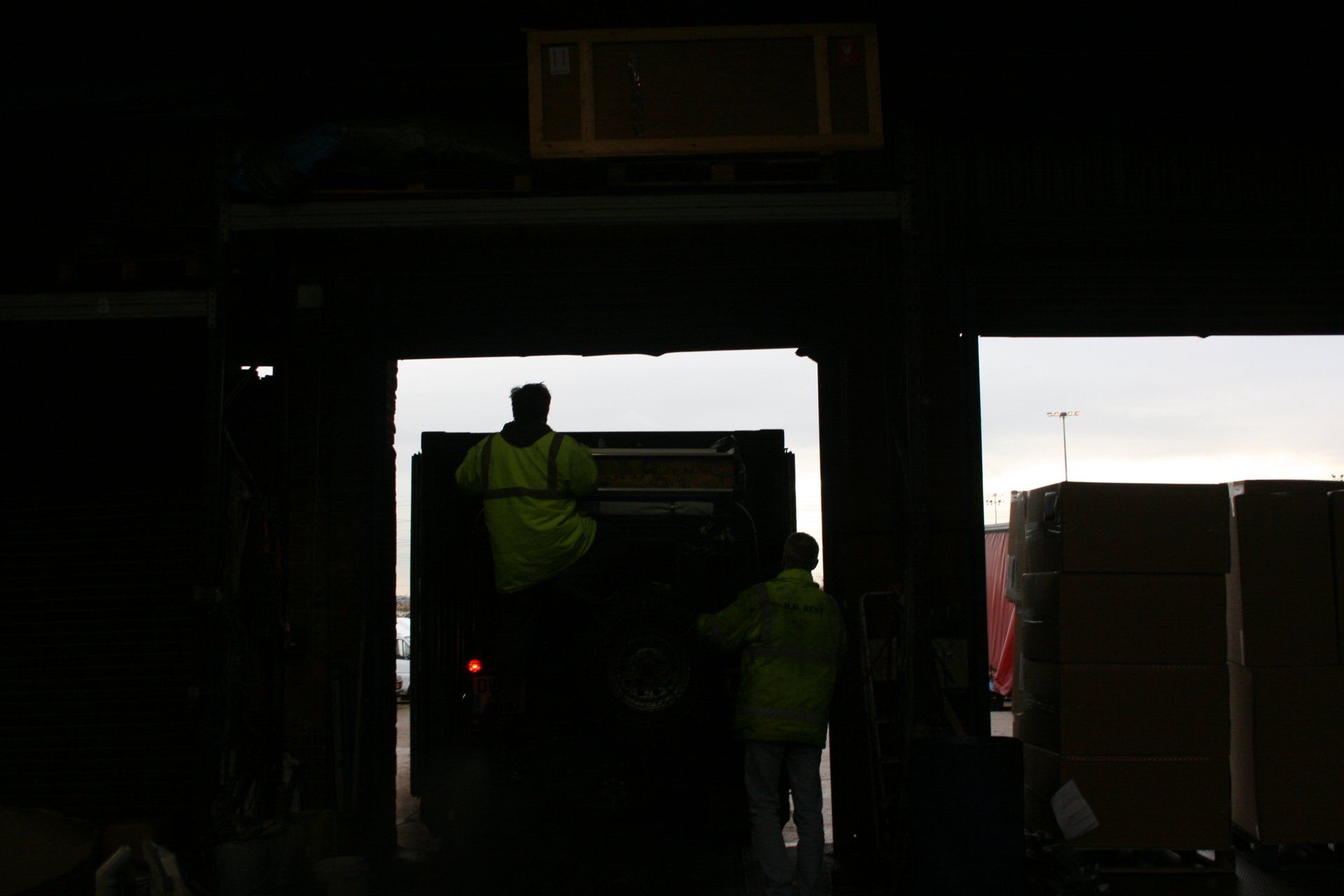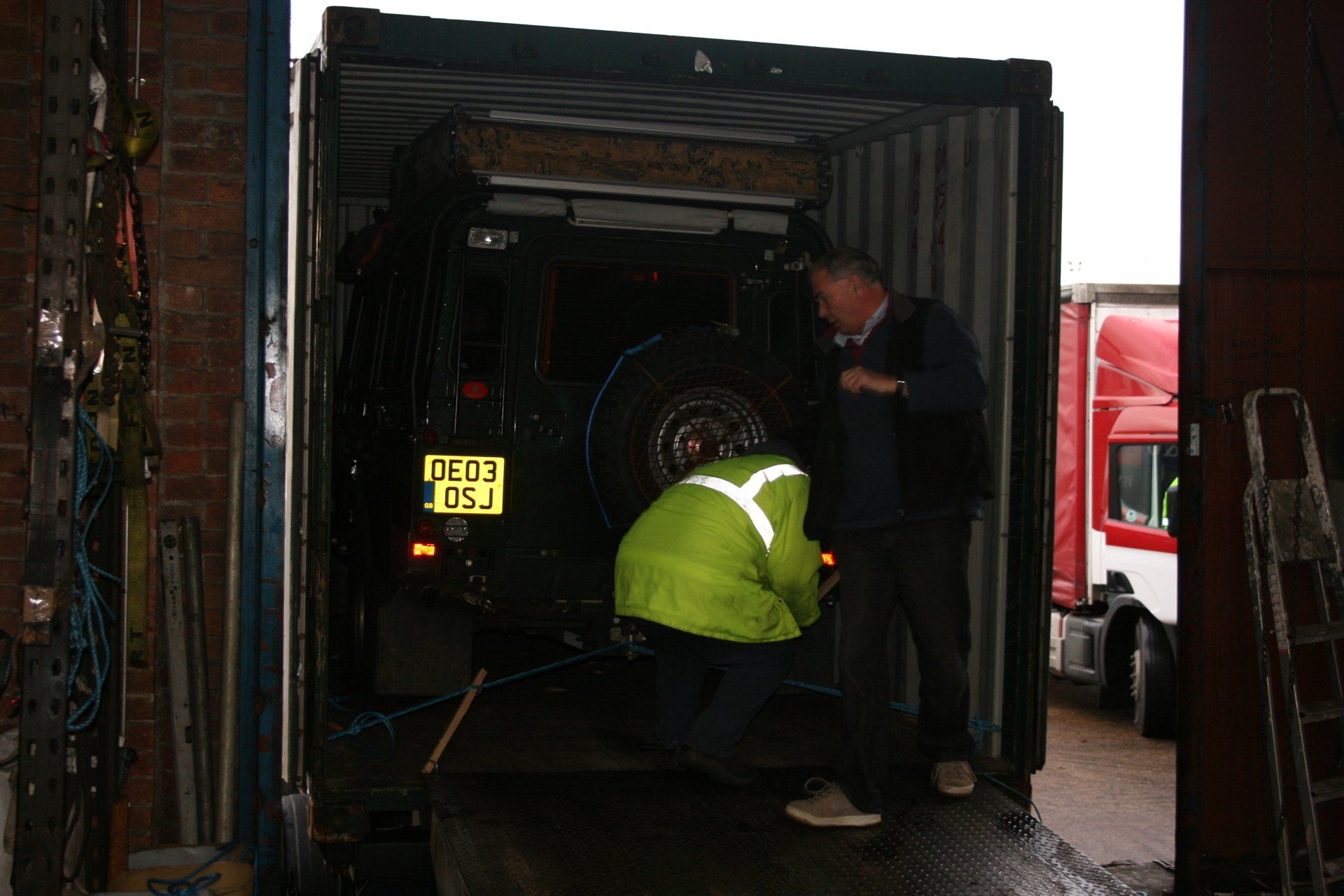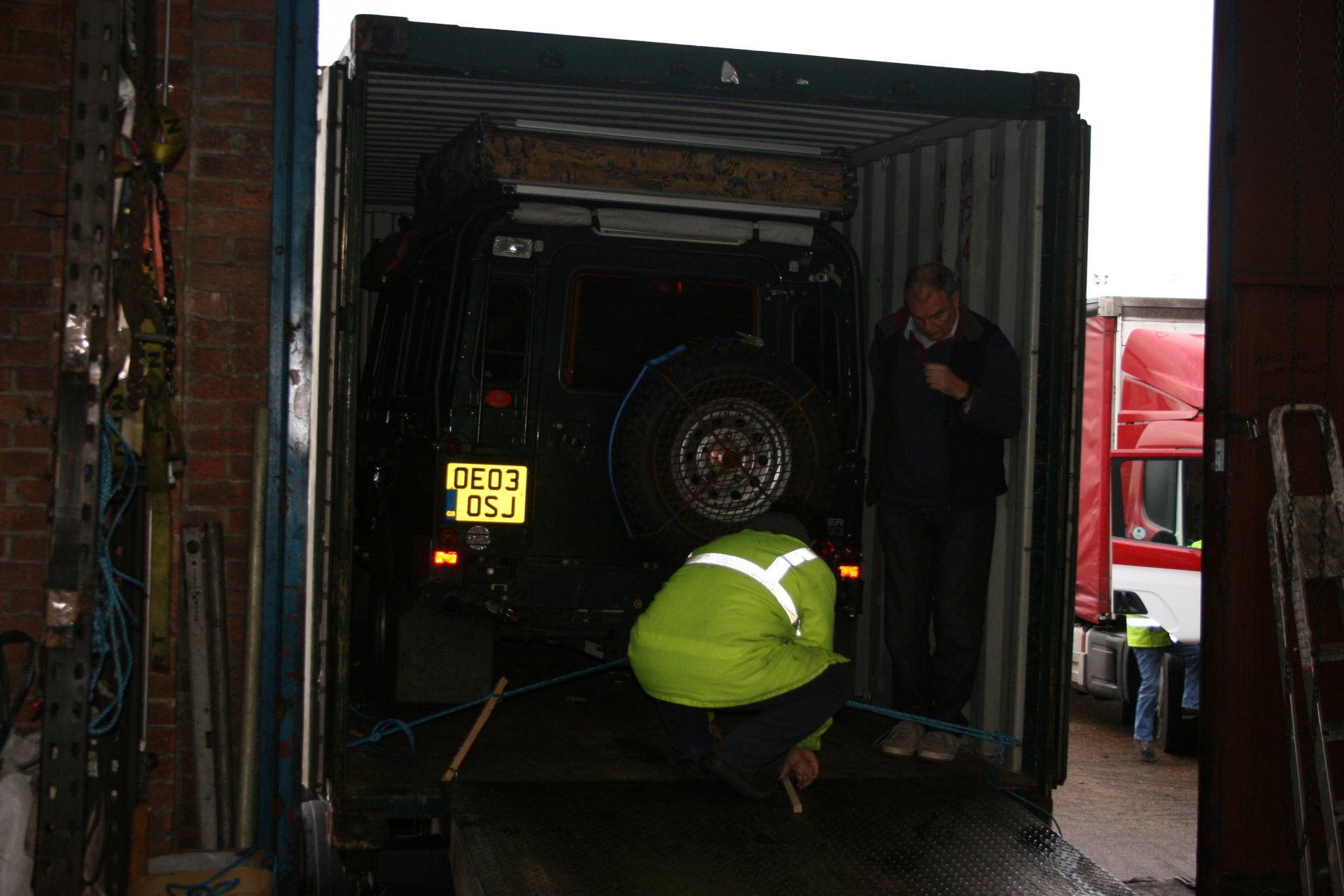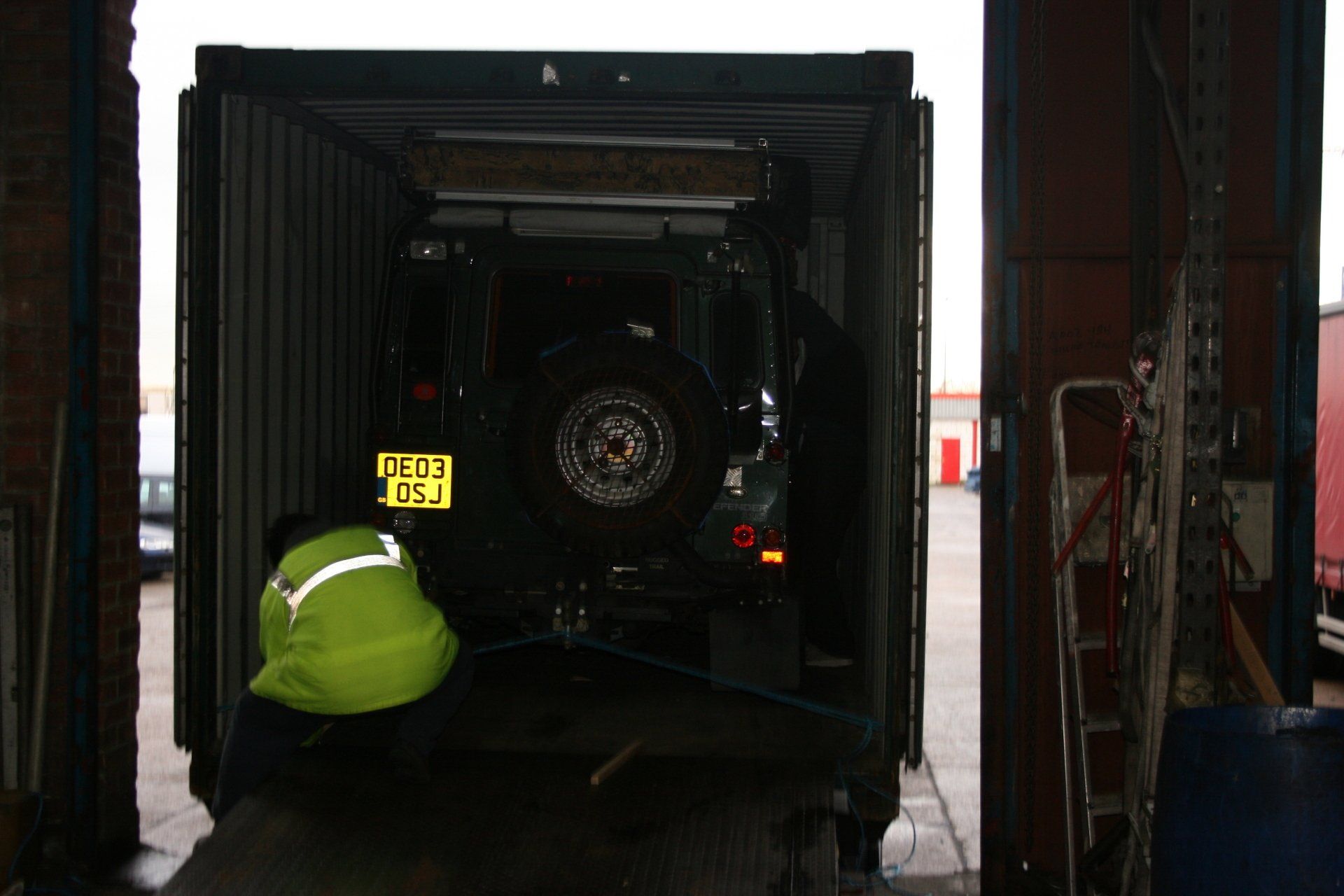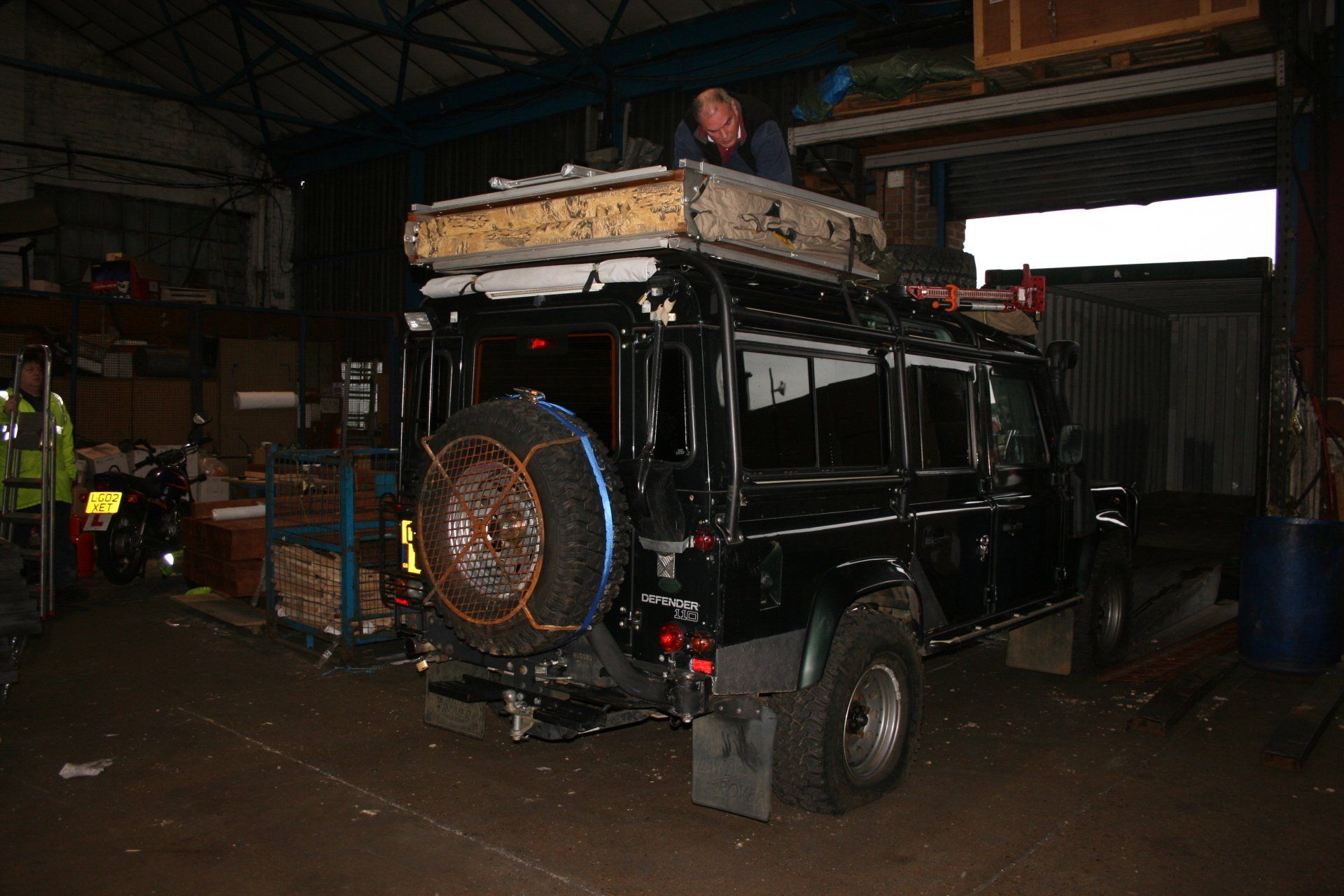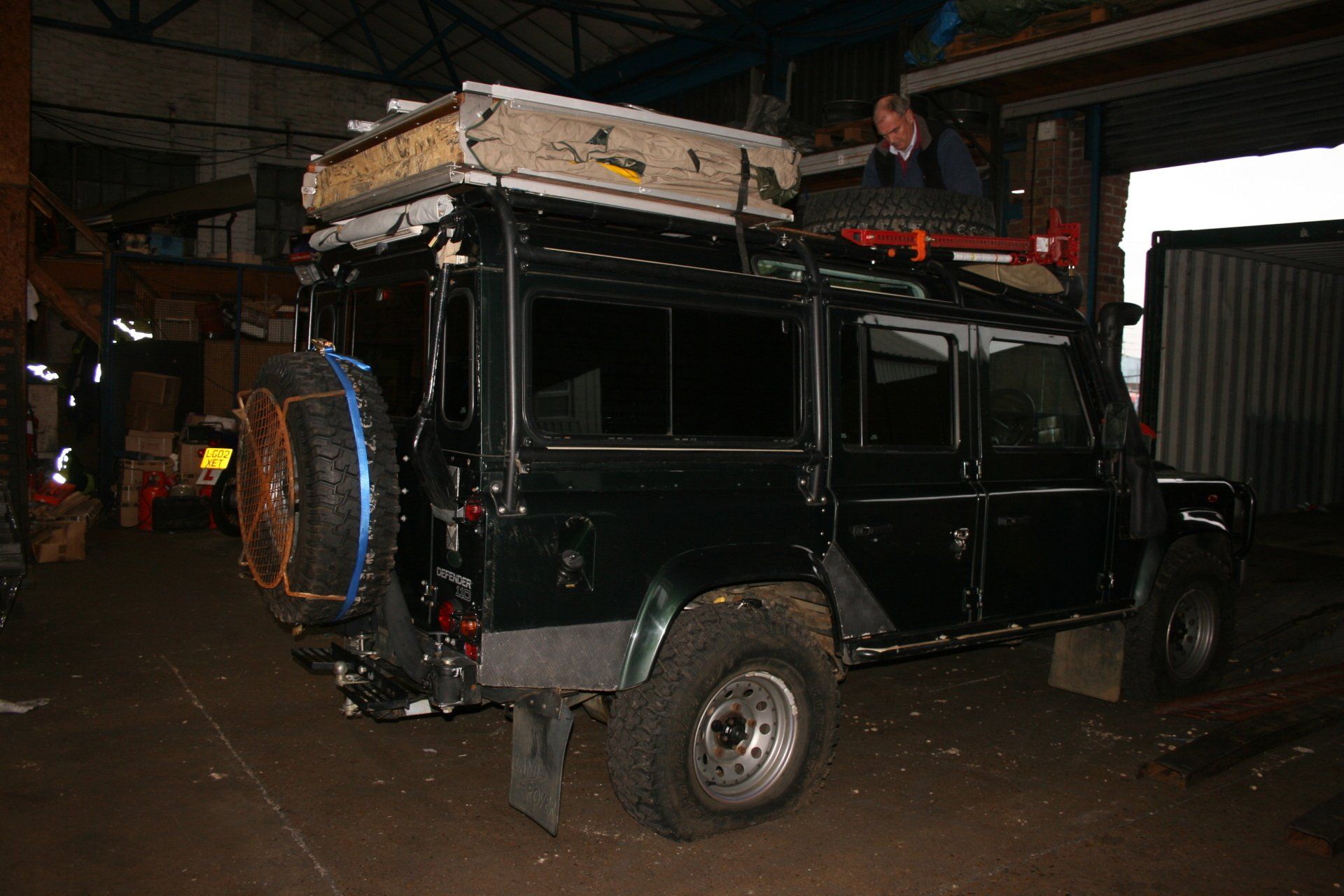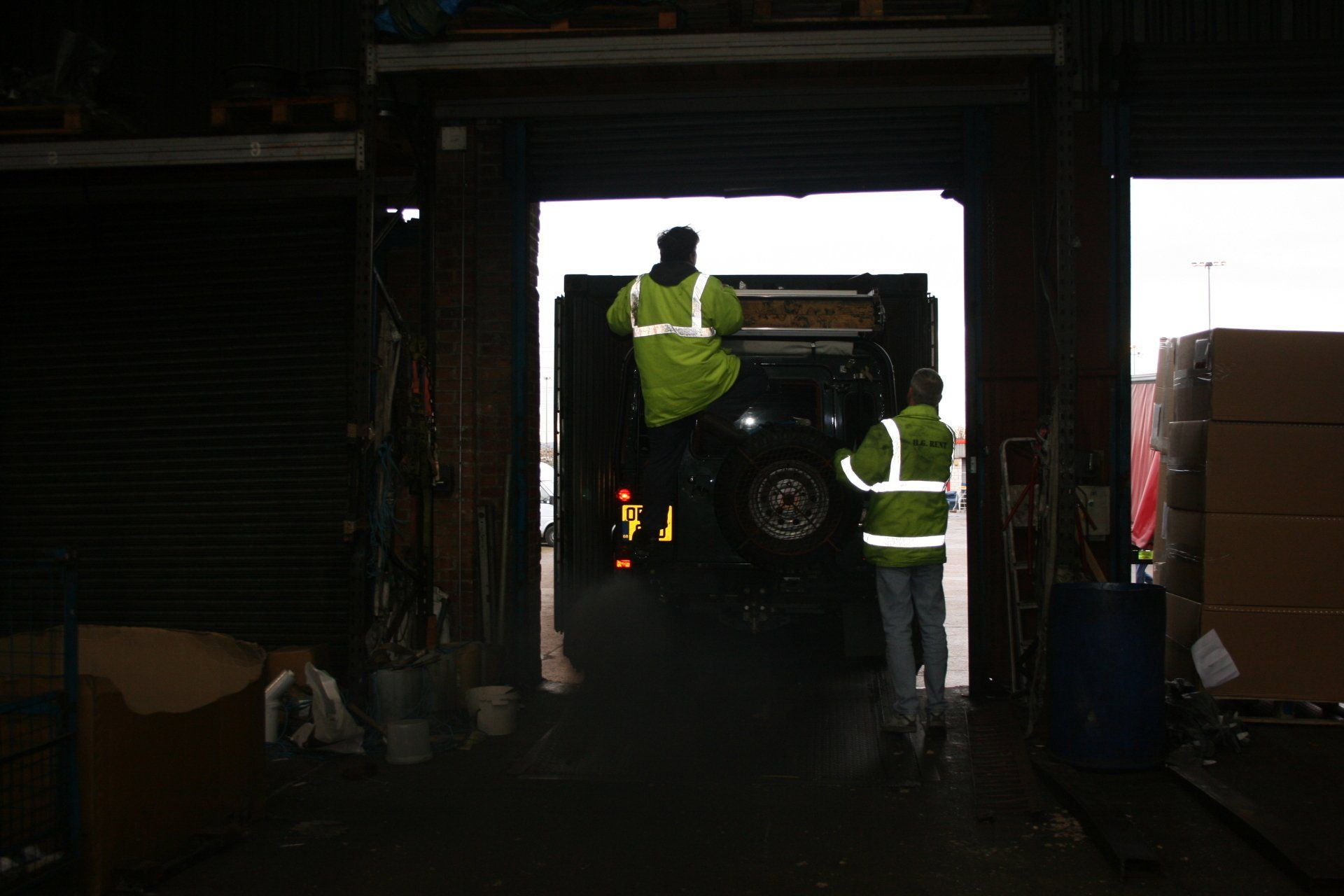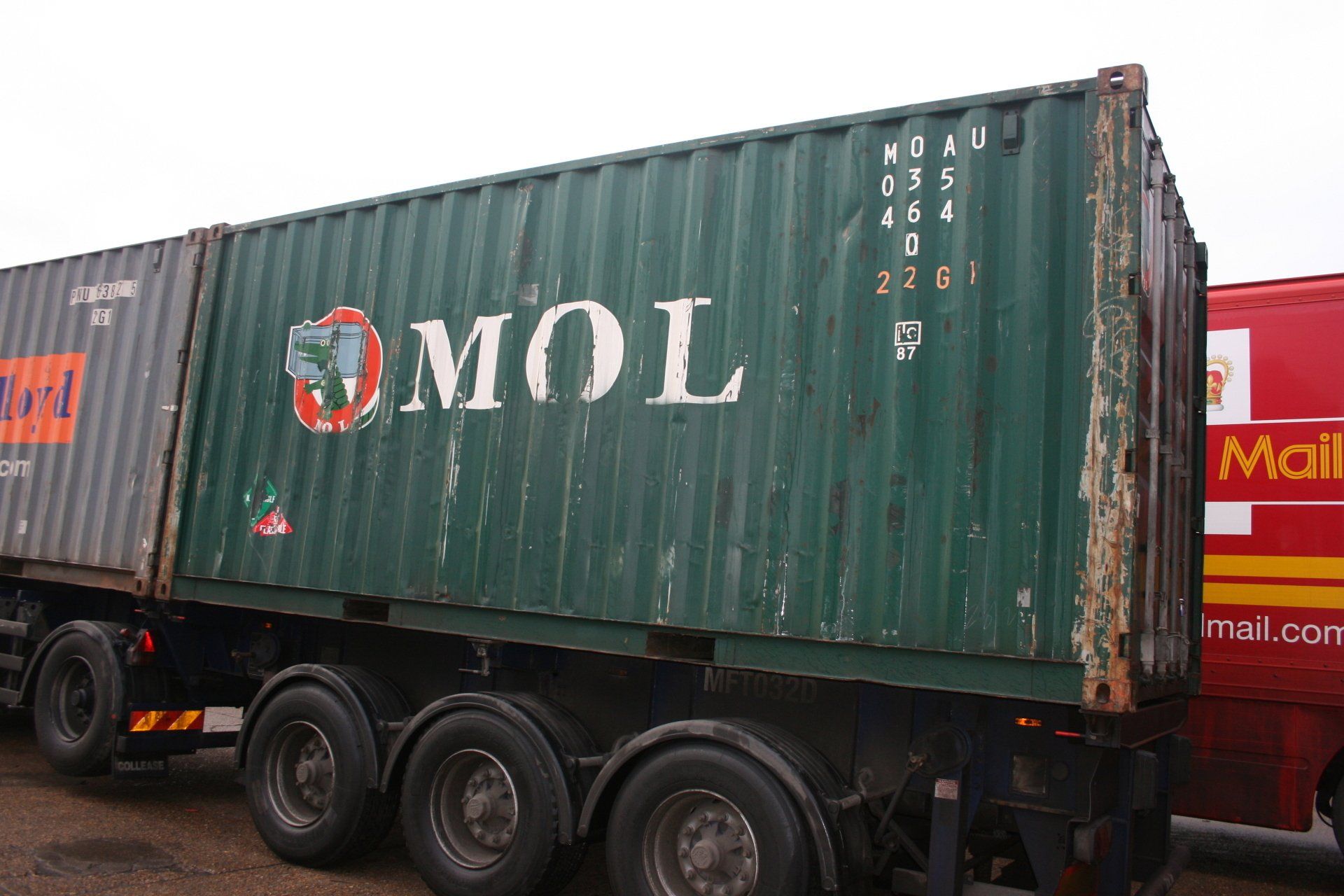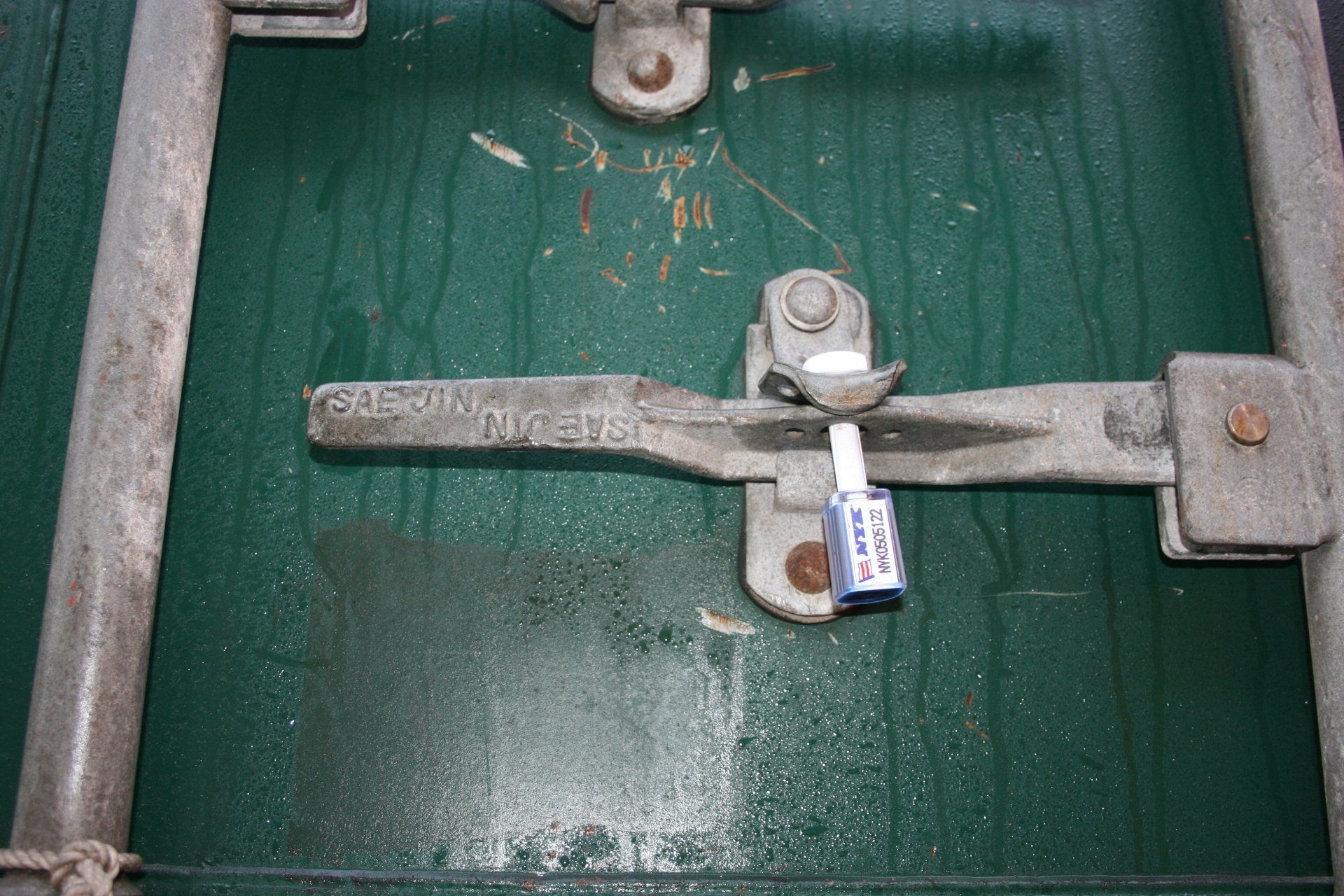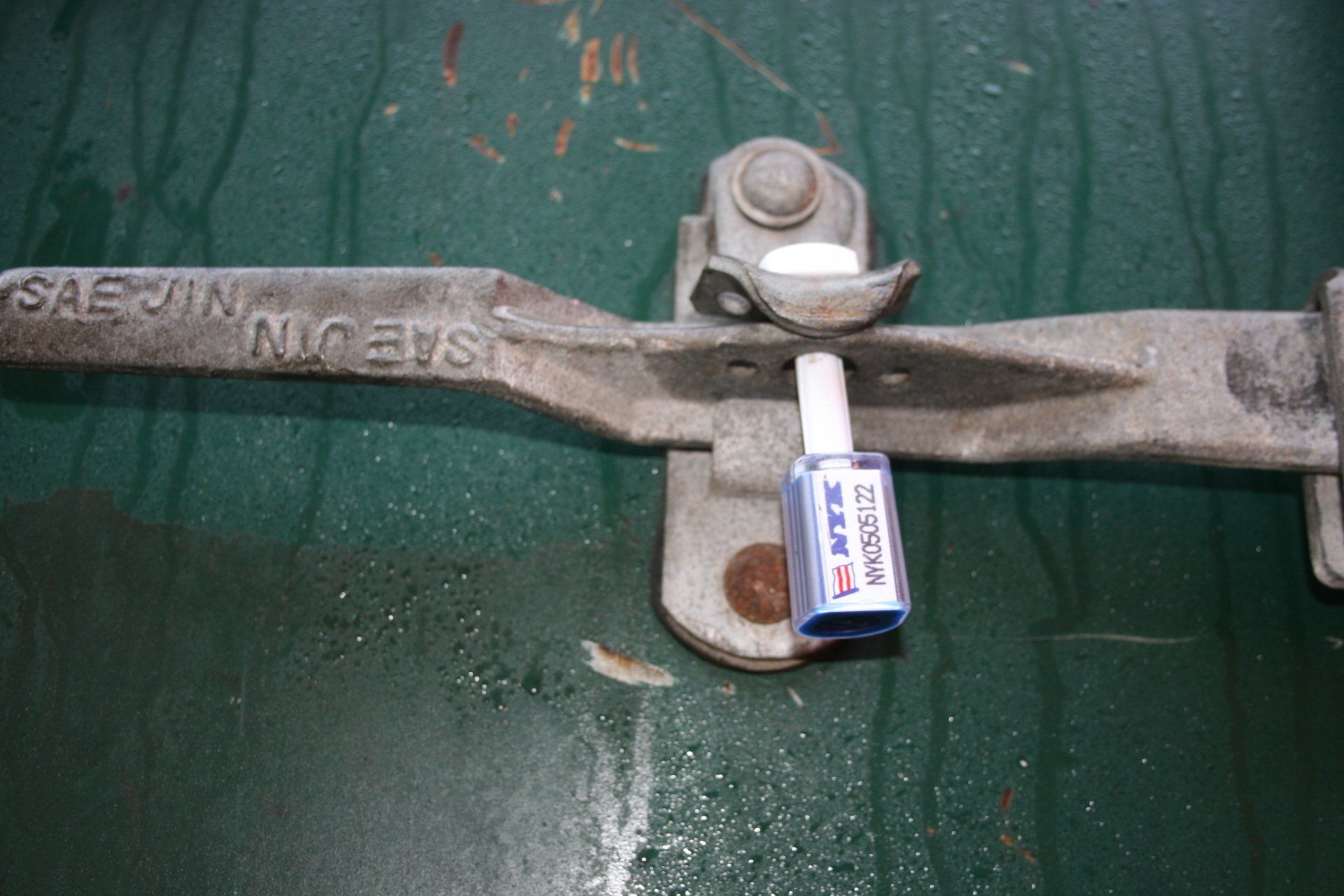Shipping
SHIPPING
(as of 2010)
There are two ways, forgetting flying, of getting your vehicle to Africa; drive it or ship it. A combination of the two could involve shipping there and driving back or vice versa, or driving part way and shipping.
We opted to ship both ways from UK to Cape Town; our reasoning being that we knew what countries we wanted to visit and that we wanted to do each one in a sedate manner. The whole philosophy for the trip was to tarry at places we liked and to move on if we didn’t. Another factor was the volatility of some of the countries we would have to drive through if we chose either the eastern route or the western route and quite frankly, we could do without the hassle. Having said that, we met numerous fellow travellers who had had absolutely no problems driving all the way. Next time; maybe!
Shipping Agent
Shipping is not a cheap option and cost us nearly £1,800 to get it on the ship and over £600 to get it off in Cape Town. The UK charges were for freight and ancillary charges including insurance, but only for total loss not damage or theft. The off-loading charge included custom fees, handling fees and agent’s fees and was considerably more than we were expecting and the Cape Town agent didn’t take debit/credit cards. The return journey cost nearly £1900 but this was a one off payment as the company operated both in South Africa and UK: again we paid in cash (rand). We paid the UK agent £300 to deliver the Land Rover to our home address.
I wasn’t impressed with the out-bound shipping agent we used in the UK or the handling agent and I wouldn’t recommend either. The shipping agent was recommended to us but the reality is, unless you regularly ship things any recommendation is based on limited knowledge – I would recommend researching options on the internet. The agent we used in South Africa, the same one for arrival and departure was very helpful and was readily available, with the added advantage of being a member of an international movers company that also operated in the UK. We delivered the carnet personally to the South African agent as it had to be available with the vehicle for customs clearance on arrival. They also couriered it back to the UK on departure to be available for customs clearance in the UK.
For South Africa (Cape Town) I would recommend Britannia Movers (www.britannia.co.za (Ryan Kruger) Britannia Movers, Unit 1-3, 65 Killarney Drive, Killarney Gardens, Cape Town. PO Box 36836. Tel: +27 (0)21 556 9448. S33 59.440 E18 32.236), and for the UK; Britannia Movers International Plc, Croydon, UK (www.britannia-movers.co.uk)
This is a recommendation based on our very limited experience so please research fully.
Shipping Method
There are two means of transportation; RoRo (roll on, roll off) or Container. RoRo is the cheaper option as the vehicle is just parked on one of the decks in the open but there are horror stories of vehicle parts and contents walking off, confirmed by one couple we met.
Containers are much more secure but costly. They commonly come in two sizes; 20 foot and 40 foot (6 metres and 12 metres) long, the smaller being the cheaper unless the larger one is shared.
The 20 foot one we had for the outbound journey had a door height of 2.39m that was less than our ‘lifted’ Land Rover with the roof tent. Vehicle height was reduced by removing the tent cover and ladder and stowing them on the bonnet and dropping the tyre pressures until they were virtually running on the rim. I drove it into the container with two large workers standing on the back and just cleared.
I had intended reflating the tyres once in but; the lorry driver was in a rush; I couldn’t get to the front winch compressor due to the workers securing the vehicle; lack of space front and sides to get to the tyres; on removal at the other end there is a distinct possibility it would be driven with tyres still up leading to a seriously damaged tent. Another major option would have been to remove the tent – one I was desperately trying to avoid!
I wasn’t impressed with the method of securing the vehicle – just a couple of strands of blue polypropylene rope from each corner to tow bar at rear and winch bumper at front and tightened by a piece of wood acting like a ‘tourniquet’. I was assured this would hold it even if turned upside down! On arrival at Cape Town the front one had snapped but the vehicle hadn’t shifted far. I was told shippers tend not to use straps and tensioners as they never see them again! I was also told one method is to nail wedges under the wheels but this is generally not permitted as it ruins the floor!
We recorded the container seal number just in case.
Unfortunately it seems you just have to put your faith in the shipper unless you really know what you are doing!
As for the 6,000 mile journey on the high seas, I was fully expecting to have to replace the tyres but they suffered not one bit and went on to complete the adventure without a puncture.
Do not bank on being present for the offloading – we weren’t allowed in by customs until the vehicle had been cleared and as the vehicle wouldn’t start, thanks to an inoperative starter motor our poor agent with some workers had to push the 3.5 tonne beast, on flat tyres, out of the container which had been sitting all day in 40o C. Our agent had been expecting to have the container released to him for off-loading at his premises but customs wouldn’t agree.
For the return journey we just delivered the vehicle and carnet to our shipping agent to arrange shipping. The 12 month carnet expired whilst he had it but easily extended it for us and also couriered it to the UK in time for the vehicle’s arrival. We were to share a 40 foot high cube container. This had the advantage that the door clearance at 2.69m had an extra 12 inches (30 cm) so no worries over removing the tent, spare tyre or indeed the even higher jerry cans (not fitted on outbound journey) or dropping the tyres.
Vehicle Contents
We itemised the contents of the vehicle and storage boxes in great detail and also listed each box with a generic content in case it was required by customs or at future border crossings. As it happens the Standard Shipping Note completed by the shipping agent listed the contents as merely ‘Expedition Equipment & Personal Effects’. Also recorded on this note is the vehicle’s VIN and weight: I had previously visited a weigh-bridge to get an idea of the fully laden weight with two occupants – 3,250 kg was not a surprise but thankfully we had heavy duty suspension fitted.
The only item queried by Cape Town customs were our two small fans set up on the internal roll cage bar behind the front seats which she considered to be domestic items and thus subject to import duties. Our agent did manage to convince her they were expedition items – they were only worth a few pounds in any case!
Stow banned items and substances at your peril – if discovered by customs the vehicle is likely to be seized.

